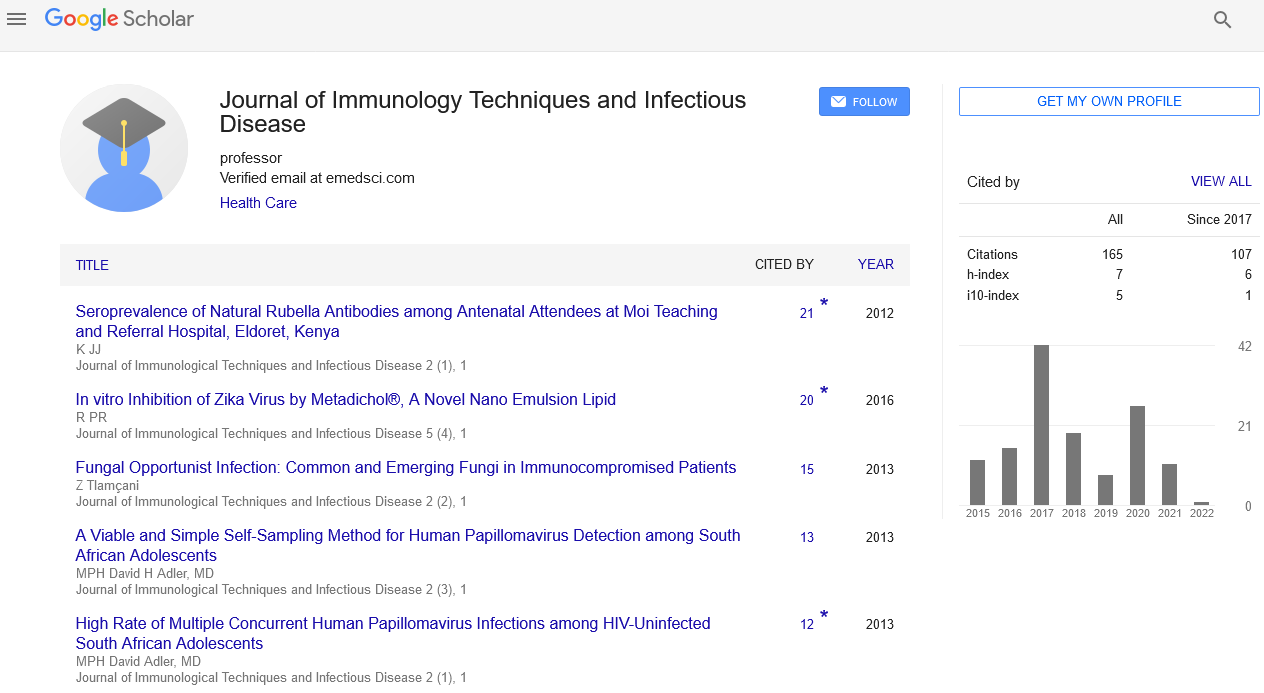Biocontrol of emerging foodborne bacterial pathogens by bacteriophages
Naim Deniz Ayaz
Kirikkale University, Turkey
: J Immunol Tech Infect Dis
Abstract
Despite the improvement in consumer awareness, food hygiene and detection methods, foodborne diseases mediated by pathogenic bacteria or bacterial toxins still represent a significant threat to public health worldwide. Globally, the WHO has estimated that; approximately 1.5 billion episodes of diarrhea and more than 3 million deaths occurred in children under 5 years of age anually. A significant proportion of these results were caused from consumption of food, mainly food of animal origin contaminated with microbial pathogens and toxins. Approximately, 60% of the human pathogens are zoonotic and 75% of them are emerging zoonotic. Emerging foodborne pathogens are defined as those causing illnesses that have only recently appeared or been recognised in a population or that are well recognised but are rapidly increasing in incidence or geographic range. Emerging foodborne bacteria are reported as Salmonella (non typhoidal), Campylobacter jejuni, Escherichia coli O157:H7, Listeria monocytogenes, Staphylococcus aureus (MRSA), Vibrio vulnificus, Yersinia enterocolitica, Arcobacter spp. and Mycobacterium paratuberculosis. Bacteriophages, the viruses which kill bacteria, are the most numerous organisms on Earth and can exist in all kind of environment where their host live. Emergence of antibiotic resistant bacteria leads scientists to consider bacteriophages as an effective, safe and appropriate biocontrol agent and an alternative option for antibiotics and chemicals. Among two types of phages (lytic and lysogenic), lytic phages that can only multiply in bacteria and kill the cell by lysis are generally preferred towards a food safety perspective.
 Spanish
Spanish  Chinese
Chinese  Russian
Russian  German
German  French
French  Japanese
Japanese  Portuguese
Portuguese  Hindi
Hindi 
